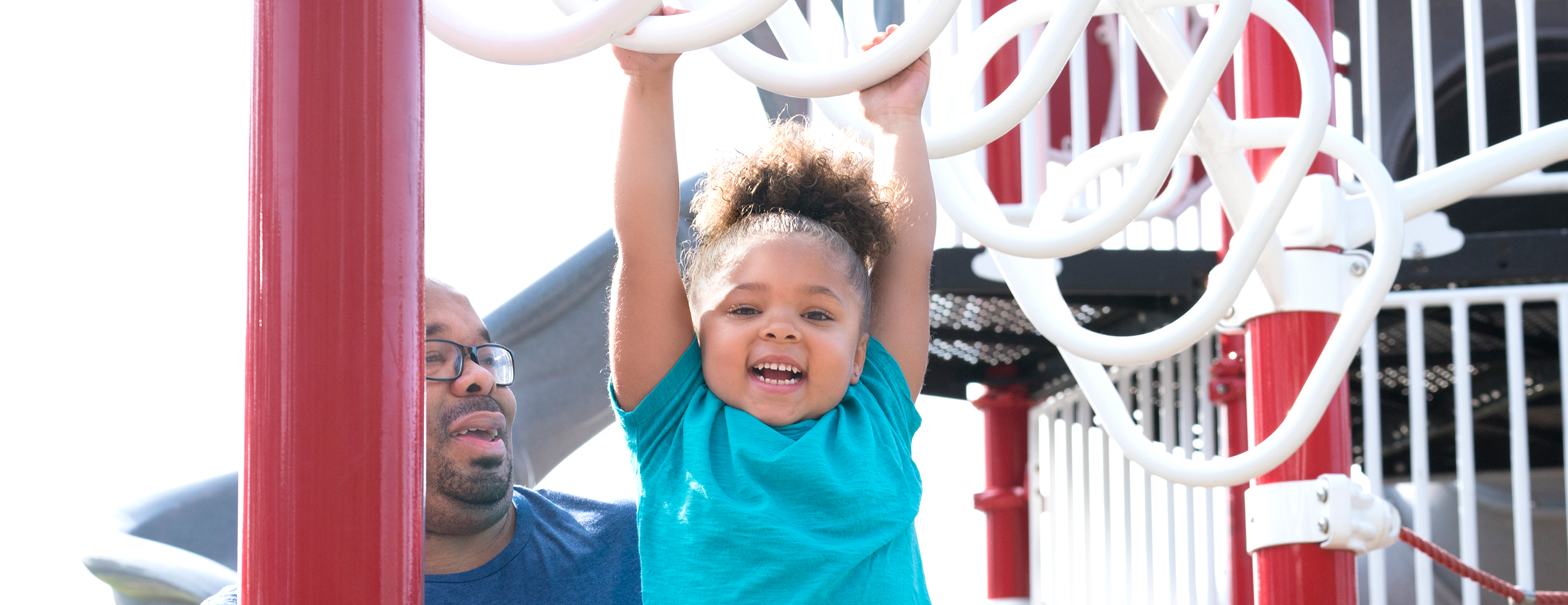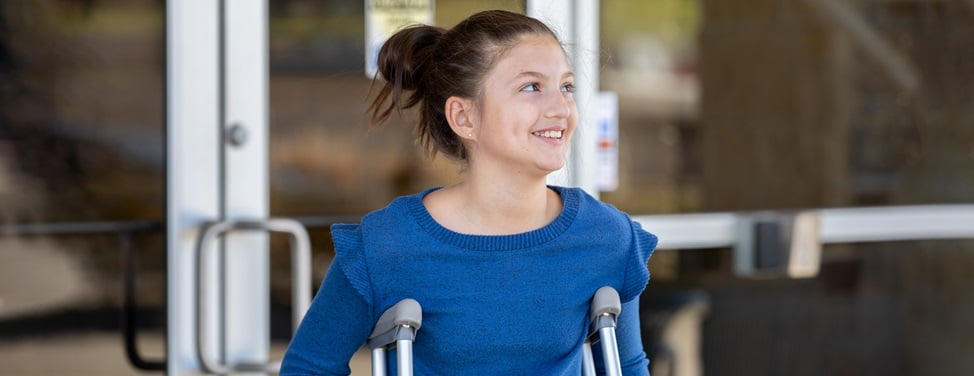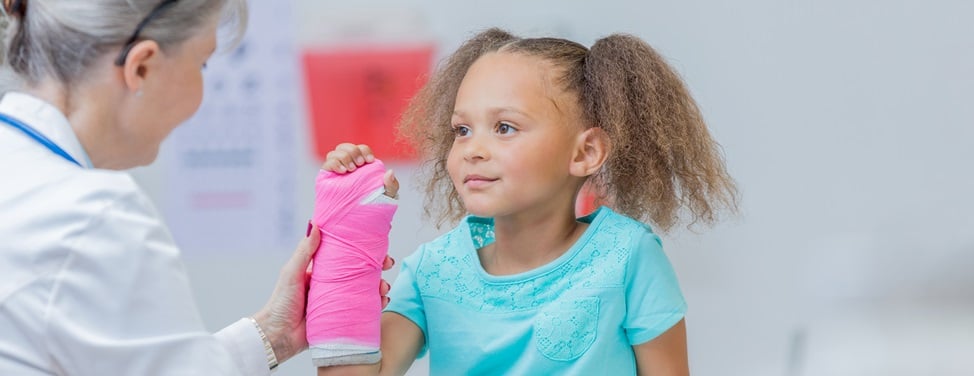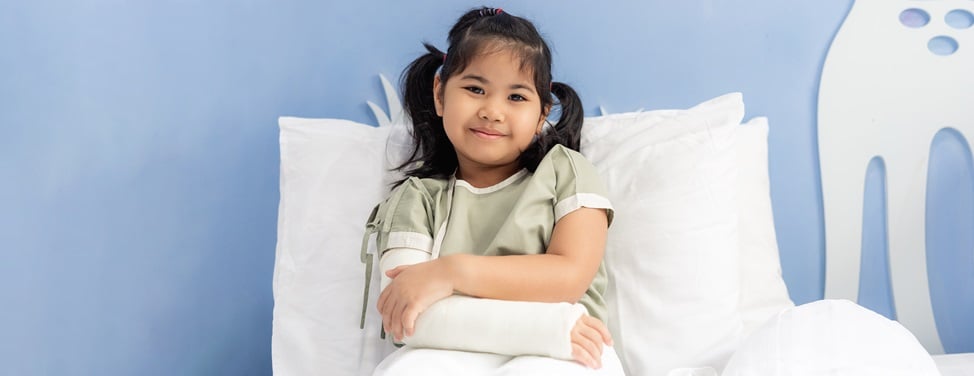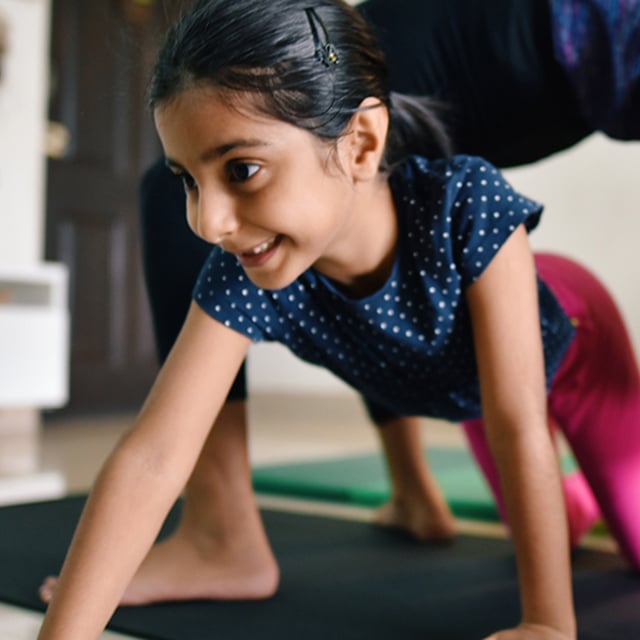Childhood and adolescent obesity is reaching epidemic proportions and has tripled over the past 30 years. It is important to understand the effects of obesity on the growing musculoskeletal system. Children and adolescent bones are uniquely affected by obesity because of the presence of growth plates. Growth plates are layers of cartilage (soft tissue) responsible for longitudinal growth of the bone and they can be damaged or deformed by excess body weight.
What role does obesity have on my child’s bone development?
- SCFE
Obesity can predispose the child to the development of Slipped Capital Femoral Epiphysis (SCFE) by increasing the forces on the proximal femoral growth plate. The femur is the thigh bone. A SCFE occurs when the growing end (epiphysis) of the femur slips off from the top of the femur and requires surgery to stabilize the head of the femur. - Blount’s Disease
Blount’s Disease is also common among obese children. Blount’s disease is a tibial deformity caused by an overload of weight on the medial side (inside) of the proximal tibial growth plate along with tension on the lateral side (outside). - Fractures
Obese children are also at greater risk for fractures (broken bones). Fracture treatment may be complicated if the hardware used to correct the fracture is not strong enough to support their weight. Additionally, it is usually very difficult for obese children to use crutches and move around with a cast. - Foot & Leg Pain
Obesity can also cause painful flat feet which is difficult to correct without weight reduction. Additionally, there are reports of increased general pain symptoms in obese children compared to normal weight children. - Other Issues
There is also a direct correlation between obese patients and obstructive sleep apnea, high blood pressure and diabetes which makes recovering from surgery more difficult. Obesity also has an impact on the rates of post-operative complications such as persistent wound drainage.
How does diet affect bone strength?
Our bodies get calcium from the foods we eat. If we do not have enough calcium in our diets to keep our bodies functioning, calcium is removed from where it is stored in our bones. Over time, this causes our bones to grow weaker. Loss of bone strength can lead to osteoporosis in adulthood. Our bodies also need Vitamin D to absorb calcium from our diets. Because very few foods contain substantial levels of Vitamin D, the American Academy of Pediatrics recommends that all children, from infancy through adolescence take a Vitamin D supplement. Peak bone mass is establish in our bodies by the age of 25. The best time to build bone density is during years of rapid growth. Childhood, adolescence and early adulthood are the times when we can significantly increase our peak bone mass through diet and exercise. We can also make choices that decrease peak bone mass, such as smoking, poor nutrition, inactivity and excessive alcohol. Sodas and carbonated beverages should also be avoided for bone health and to prevent obesity. Sodas decrease calcium absorption in the intestines and contain empty calories.
The American Academy of Orthopaedic Surgeons recommends the following:
- Make physical activity a part of your child’s schedule for at least 30 to 60 minutes per day.
- Model active behavior. Join children for a family bike ride or long walk.
- Use physical activity such as a canoe trip or walk to the park as a reward for positive behavior.
- Encourage physical activity based upon age and choose size-appropriate activities.
- Make sure children get sufficient calcium and Vitamin D to keep their bones strong. Speak with your family physician about multivitamins and proper diet for your child.
- Exercise alone is not enough to stay healthy- a healthy diet is encouraged.
If you have any questions related to obesity and bone health or want help to get your child into the appropriate weight loss program, discuss your concerns with your Orthopaedic doctor. We will work together with your primary doctor to help your child and family find a healthier lifestyle.
Questions?
If you have questions, please contact Children's Orthopeadic Clinic or request a referral from your pediatrician.




























